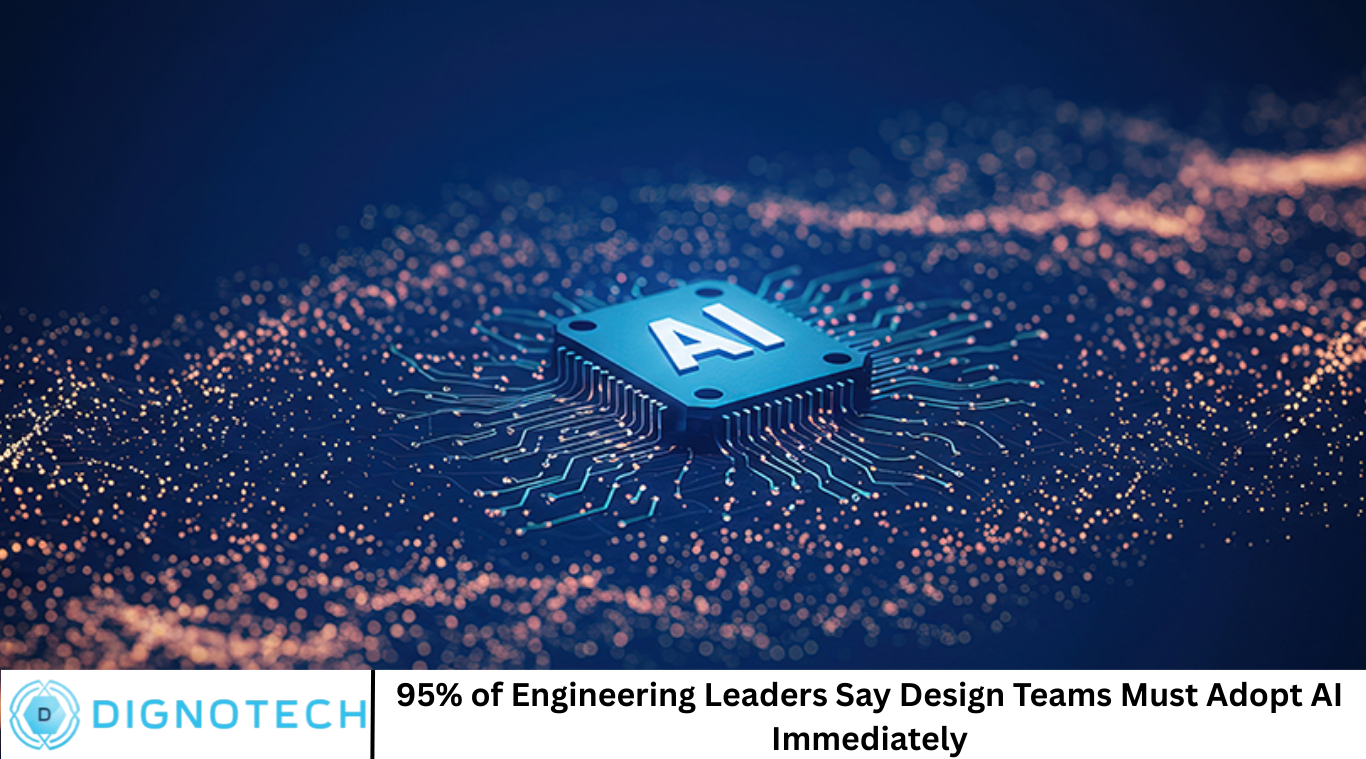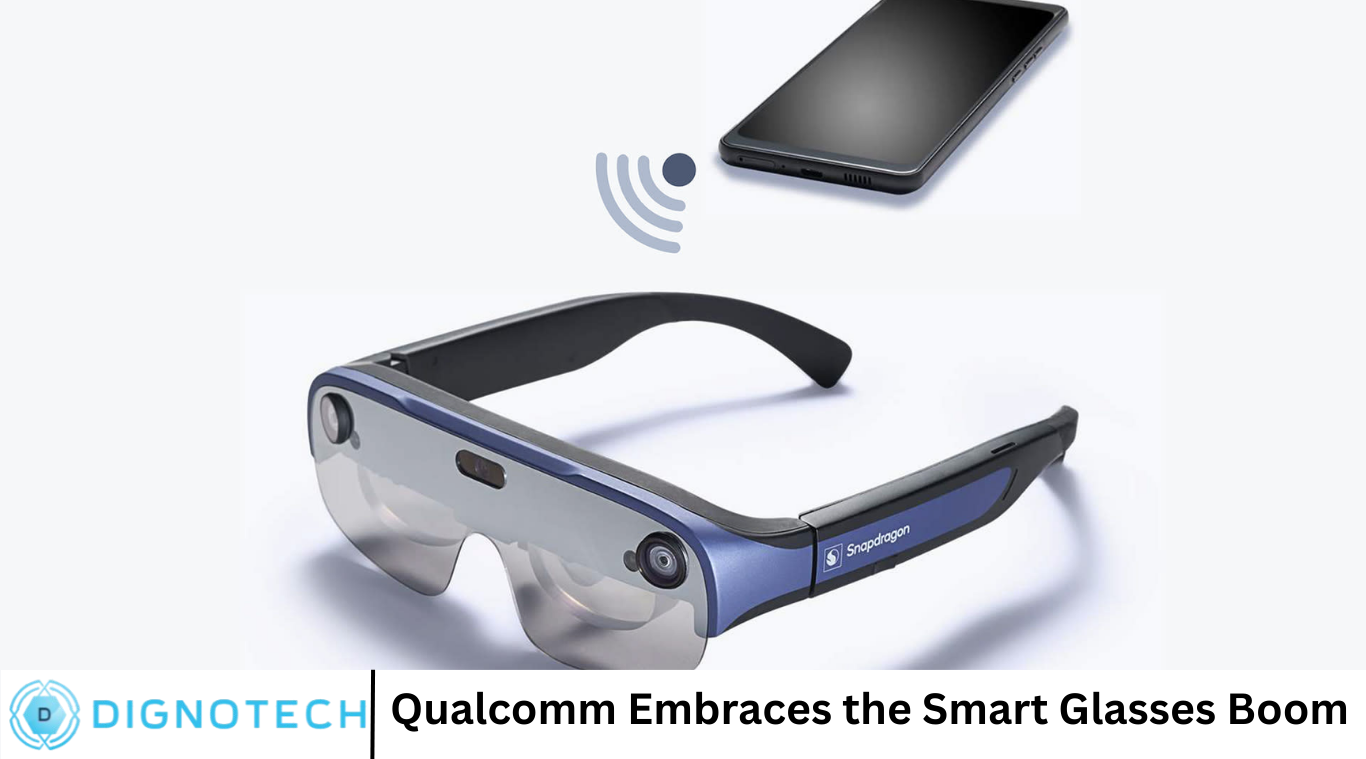95% of Engineering Leaders Say Design Teams Must Adopt AI Immediately

A staggering 95% of engineering leaders now say design teams need to integrate artificial intelligence immediately. This overwhelming consensus reflects a shift: AI is no longer optional—it’s the driving force behind speed, innovation, and staying competitive.
From UI/UX to product architecture and engineering workflows, AI is reshaping design—boosting creativity, automating repetitive tasks, and enabling smarter decision-making. In this article, we unpack why AI adoption has become urgent, how design professionals can adapt, and the broader implications spanning tools, processes, and organizational culture.
The Case for Urgency: Why AI Has Become Essential
Acceleration of Design Cycles
AI-driven tools significantly cut down model iteration, prototyping, and review times. By suggesting layouts, optimizing patterns, or generating code snippets, AI dramatically speeds up what typically are time-consuming stages of the design process.
Rising Customer Expectations
Users now expect near-instant feedback and visually dynamic interfaces. Design teams using AI to adapt quickly to user testing and propose optimized designs maintain a competitive edge—while lagging teams risk falling behind.
Efficiency and Cost Savings
By automating routine chores like style guide updates, formatting, accessibility checks, or documentation, AI reduces manual workload. This empowers designers to focus more on creative and strategic tasks, ultimately improving productivity and lowering costs.
Innovation Through Augmentation
Co-piloted design—where AI suggests ideas, color palettes, or layouts—expands creative possibilities. Designers can explore more options fast, level-up their work, and bring fresh inspiration that might otherwise take more time to conceive.
Where Design Meets AI—from Tools to Talent
Evolving Collaboration Platforms
Design platforms increasingly incorporate AI-powered features like auto-layout, rapid asset generation, or voice-guided edits. AI is becoming embedded within design tools instead of being a separate plugin or service.
Upskilling and Mindset Shift
Designers now need to become comfortable working with AI prompts, understanding AI outputs, and iterating with AI assistance. Upskilling becomes as crucial as learning new design tools.
Cross-Functional Workflows
Workflows are evolving toward closer integration with engineering, product, and AI/data teams. Iterations are driven not just by design judgment but grounded in data-driven AI suggestions, blurring traditional vertical silos.
Tooling and Custom Solutions
Many organizations are developing bespoke AI toolkits tailored to internal design repositories, brand libraries, or product patterns. These help maintain brand consistency and accelerate iteration loops effectively.
Challenges and Risks Teams Must Navigate
Bias & Quality Control
AI-generated designs may inadvertently reflect biases—whether cultural or demographic—or produce inconsistent quality. Human oversight remains crucial to validate AI output for inclusivity and brand coherence.
Over-Reliance & Creativity Suppression
Blindly accepting AI suggestions risks creative stagnation. While AI accelerates ideation, designers must intentionally preserve their ingenuity and originality.
Ethical and Accessibility Considerations
Accessibility must guide AI-driven design tools—especially in interface design—to ensure suggestions do not undermine inclusivity for users with diverse needs.
Data Privacy & Proprietary Assets
When AI tools ingest company design assets, ensuring data privacy and intellectual property protection is paramount. This calls for robust governance in tooling and sourcing.
Building an AI-Empowered Design Culture
Pilot Projects and Iterative Adoption
Start small. Begin with use cases like automating repetitive layout tasks or generating component variants. Collect measurable impact and then scale to more complex workflows.
Internal Training & AI Literacy
Host workshops and sponsored experimentation—designers building confidence in AI tools, understanding their inner workings, and setting guidelines for quality review.
Champion Teams & Feedback Loops
Identify AI champions who can lead experimentation and best practices. Encourage feedback loops where designers share AI successes and shortcomings to collectively refine AI workflows.
Ethical Guidelines & Brand Harmonization
Establish design guardrails filtered through AI tools—from brand palette enforcement to visual tone—that preserve brand reputation while empowering creativity.
What Success Looks Like
Organizations that have adopted AI in the design function early see:
- Faster iteration cycles, with 30–50% reduced time to prototype.
- Less manual design overhead, allowing teams to focus on strategy and innovation.
- Better alignment with developers, since AI-generated specs are more consistent and accurate.
- Stronger engagement—users quickly respond to fresh, AI-curated visuals, and testing informs real-time improvements.
The Future: Co-Creation with AI
Ultimately, design will evolve into co-creation: human designers guiding and refining AI-generated concepts; AI amplifying creativity with scale and repetition; and together building design systems that grow smarter over time.
Frequently Asked Questions
Why have engineering leaders urged immediate AI adoption for design?
Because AI accelerates design cycles, enhances creativity, cuts costs, and meets rising customer expectations efficiently.
What AI features are most helpful in design tools?
Auto layout, style suggestions, prototyping automation, voice-guided edits, code generation, and brand library consistency support.
How can designers avoid over-reliance on AI?
By retaining rigorous human review, encouraging divergence from AI suggestions, and prioritizing creativity alongside automation.
Is AI safe for handling proprietary design assets?
It depends. Teams should vet tools, enforce privacy controls, and prevent data leakage through clear governance and policies.
How should teams begin integrating AI into design workflows?
Start with small pilots—automate layout or component generation—collect outcomes, train staff, and scale gradually.
Will AI replace human designers?
No. AI is most effective as a co-creator—it enhances productivity but lacks human empathy, creative nuance, and judgment.
What long-term benefits come from AI‑powered design teams?
Speedier innovation, stronger brand consistency, improved designer engagement, and more effective collaboration across functions.
Conclusion
The near-unanimity among engineering leaders is clear: design teams must adopt AI now—or risk falling behind. By embracing AI thoughtfully, while preserving creativity, ethics, and brand integrity, design can enter a new era where human ingenuity is amplified by machine speed.If you’d like a longer version, targeted case studies, or modular breakdowns for stakeholder presentations, just say the word!



